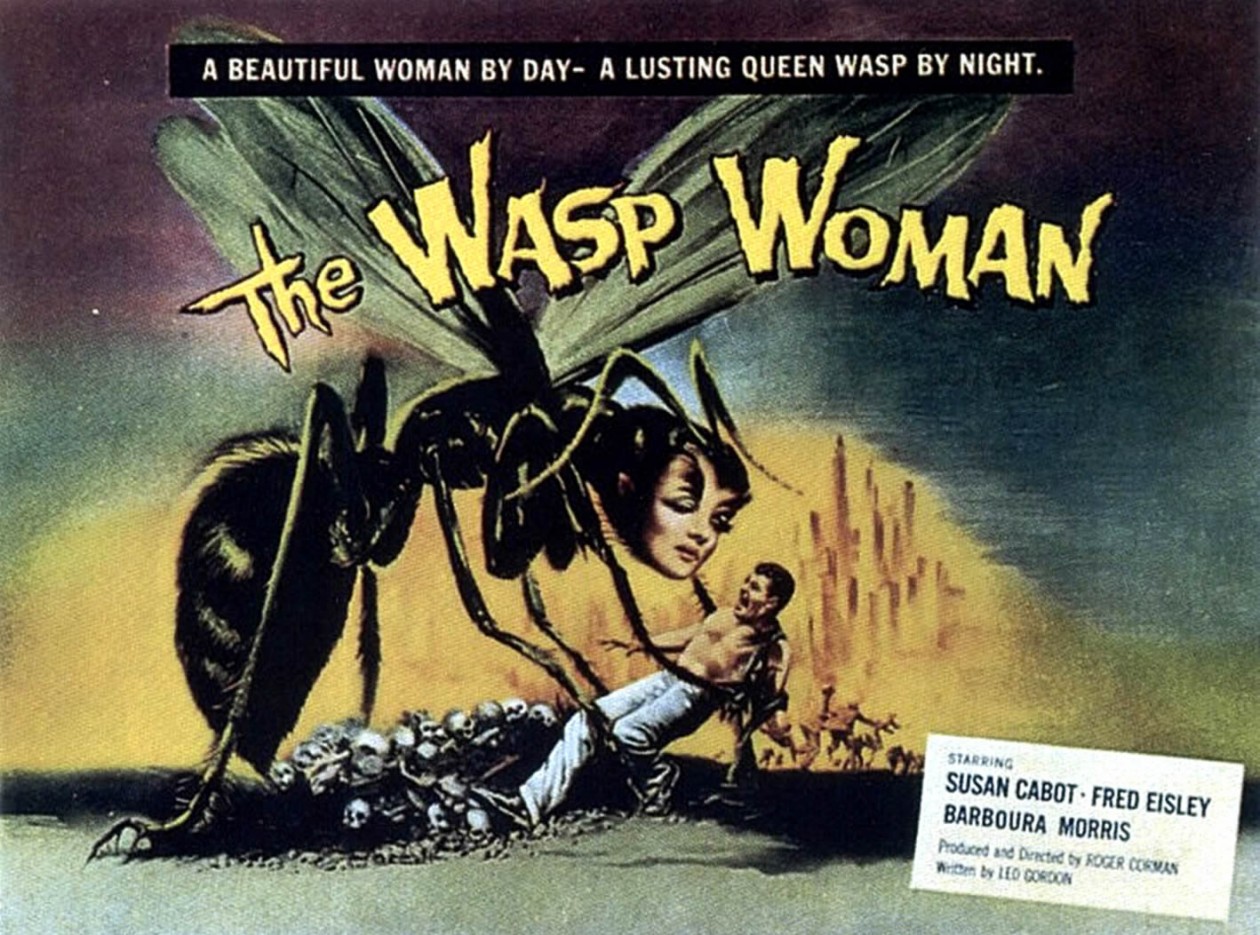Claire Johnston writes, “…it is not enough to discuss the oppression of women within the text of the film; the language of the cinema/ the depiction of reality must also be interrogated…” By this Johnston says that it is not enough to have a strong female character in the film the other characters must treat her appropriately. It is common practice in films with strong female leads for the other characters to try justifying why the lead is female. In a film with a male lead there is no need to mention why he is the main player, but with a female lead, many films strive to point out how much of an anomaly it is. By pointing out that a female lead is strange it conveys to the audience the idea that a strong female lead should not be expected. This says that the average woman does not have it in her to command as much power as the average male lead does, and that it is only occasionally that a woman can do so. If a woman is to be the lead in a film, then the dialogue of the film should treat the woman as it would for a man. If the dialogue and the actions of the film do not match, then it creates confusion in the viewer who may be unsure of the film’s actual position on the female lead.
